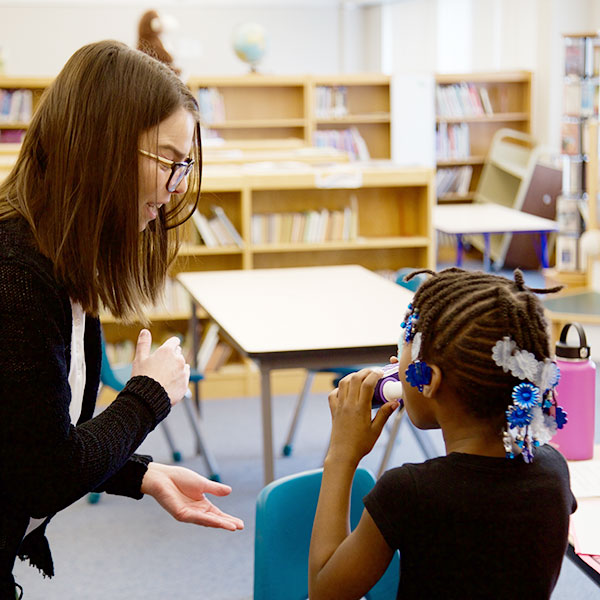AAFA-STL Celebrates 40-Year Tradition of Innovation
Forty years ago this year, two allergists working in St. Louis area hospitals were overwhelmed by the number of children coming into the ER with asthma attacks because they lacked access to simple treatments, such as inhalers. In response, they established a regional chapter of the Asthma and Allergy Foundation of America (AAFA) – now one of four nationwide – and instituted what today is known as the BREATH program, providing uninsured and underinsured children with asthma and allergy medications, equipment, education and support. YouthBridge awarded the BREATH program a $2,000 grant in 2020 through its YEP STL! program.
“There is no doubt that BREATH has saved lives – and trips to the emergency room – for thousands of children in our region,” says Chris Martinez of the organization’s flagship program. Martinez took over as AAFA-STL Executive Director in February of last year. He describes BREATH as a bridge for families with little to no health insurance, providing either full or co-pay for services until they are able to secure additional coverage. (The average monthly cost to families for asthma-related medications is $400 without this assistance, he says.) “We walk families through the process of enrolling in Medicaid or a prescription assistance program, so that they will be able to address needs long term.”
A second program, RESCUE, was added nearly 10 years ago as a result of a bill passed in the Missouri House that, for the first time, allowed schools to maintain a supply of asthma-related rescue medications outside of those prescribed to students. The legislation, which AAFA-STL was instrumental in pushing through, was the first of its kind in the country and has led to other states following suit.
Through RESCUE, nurses in nearly 300 underserved school communities are provided equipment, medications and training in administering treatment for asthma emergencies. As with BREATH, Martinez says the program has reduced the need for professional emergency services and in another similar program has revealed previously undiagnosed asthma in about 25% of students.
While the focus of the last 40 years has been on these life-saving measures, Martinez hopes the next 10 years will bring about improved outcomes through prevention. “The question now is how to change the systems and environments that are perpetuating the problem, particularly in children of color.”
Martinez points to asthma rates that underscore the disparities. Nationally, Blacks are 1.5 times more likely to have asthma, 5 times more likely to visit the ER for asthma treatment, and 3 times more likely to die from an asthma attack than their white counterparts. In the St. Louis metro area, childhood asthma rates are twice the national average. “Much of this has to do with the quality of the air they’re breathing, so we’re focused on how we make their homes and schools healthier,” he says.
In partnership with St. Louis County and City agencies, AAFA-STL offers Healthy Home visits to help educate families on easy ways to improve air quality, such as consistently changing air filters. Unfortunately, only about 1 in 10 families will follow through on a visit, so Martinez is exploring innovative ways to improve compliance, including virtual home visits. He says the major challenge to these initiatives is funding, as it is for many remediation efforts such as mold removal.
“I’m not the most patient person, but I know that real change is going to take time. It’s just very rewarding to be honoring our 40-year tradition of innovation by looking at new ways to effect systemic changes that will help kids thrive.”
If you would like to donate or have any questions about this organization, please contact Allison McDonald.
